You’ve probably read about this lens. 300mm f/4, and smaller and lighter than you can believe until you hold it in your hand. Credit a phase Fresnel — that’s what the PF in the alphabet-soup lens name stands for — element for the tiny size and feathery weight. Optical stabilization, of course.
How good is it? I set up on my usual normal and tele subject, and made a series of exposures with a D810 mounted on an Arca Swiss D4 head on RRS legs, with EFCS on.
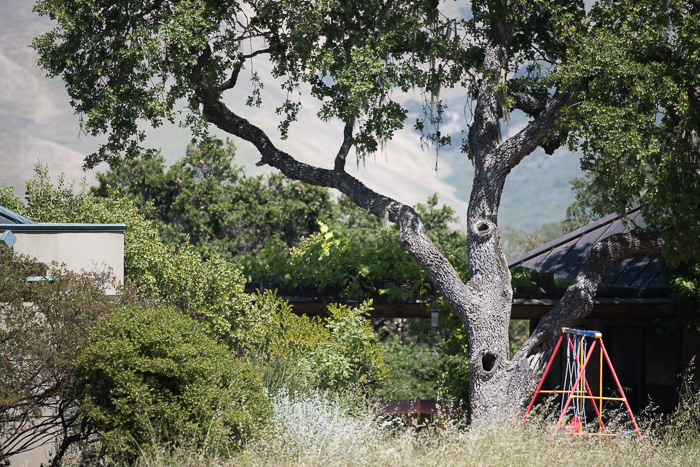
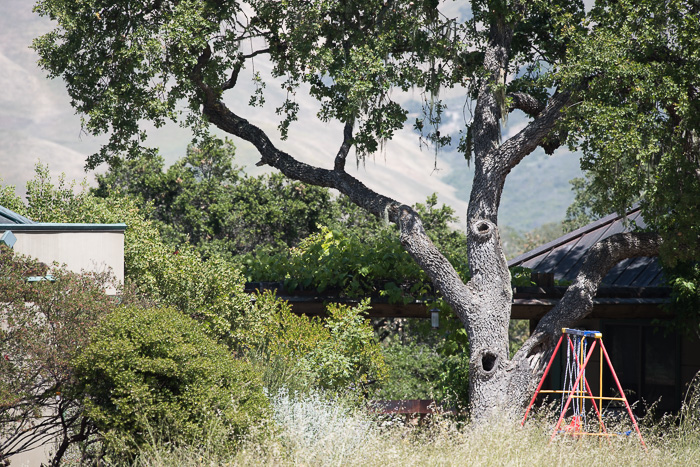
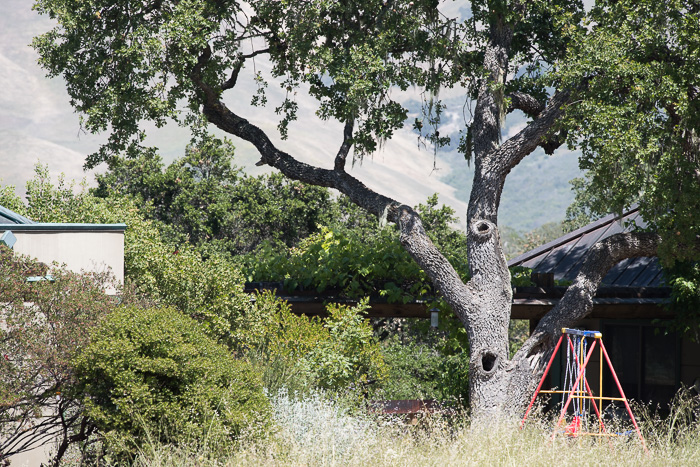
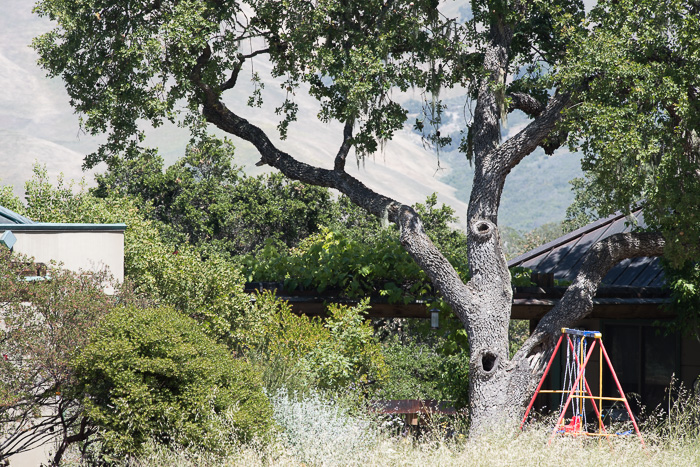
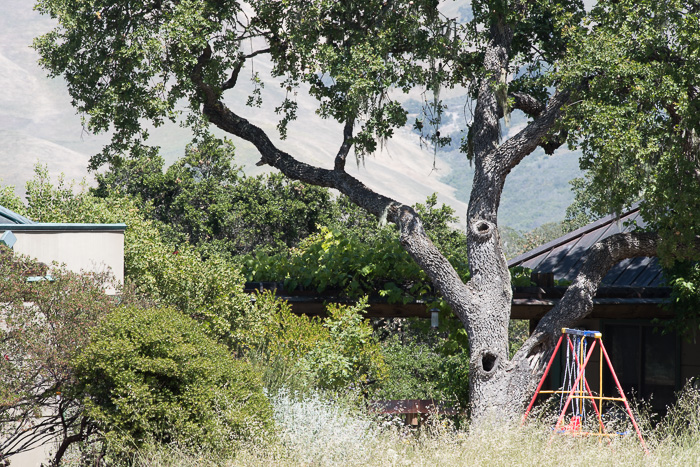
There’s a little vignetting wide open. It’s mostly gone at f/5.6, and really gone at f/8.
When the lens is this long and there’s a real life, non-flat subject, focusing on the center and checking the corner won’t cut it because there’s not enough depth of field. So I first focused on the center. It was a lot easier if I turned on the VR (optical stabilization), although once I forget to turn it off for the aperture series and had to redo it.
Here are 300% enlargements of 1:1 crops on the leaves that I focused on.
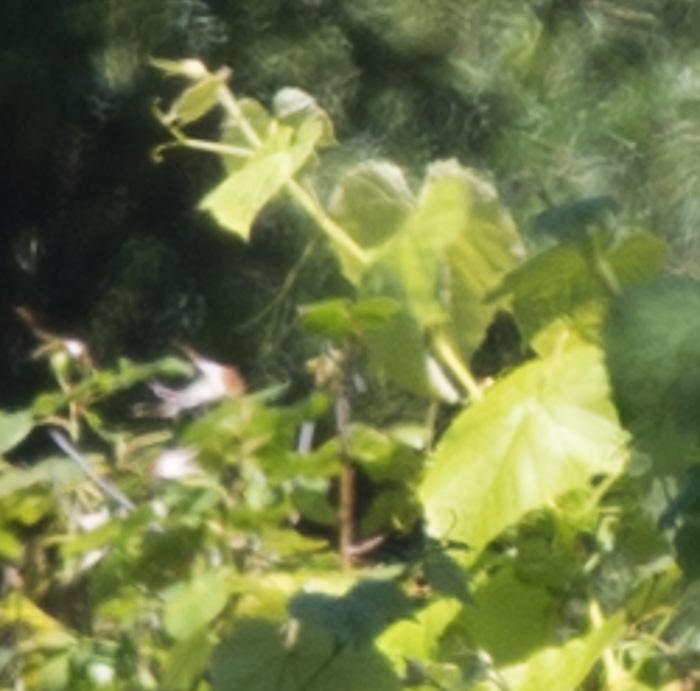
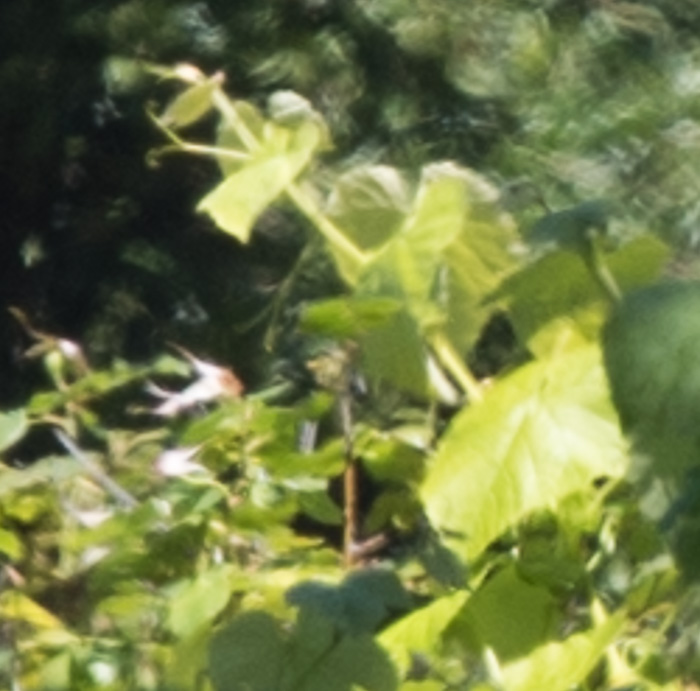
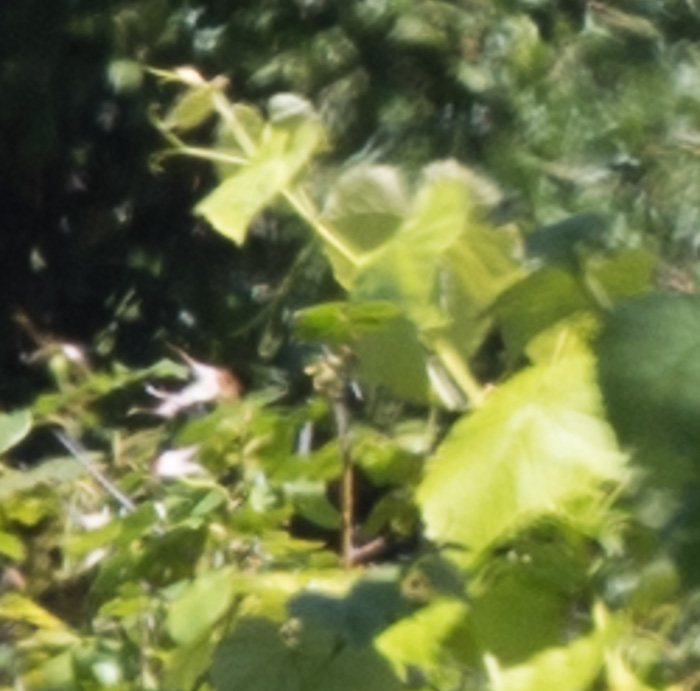
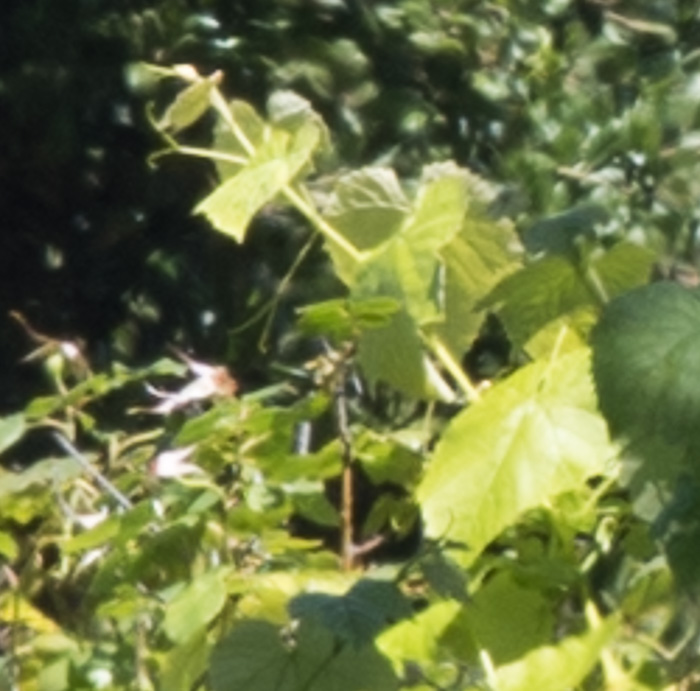
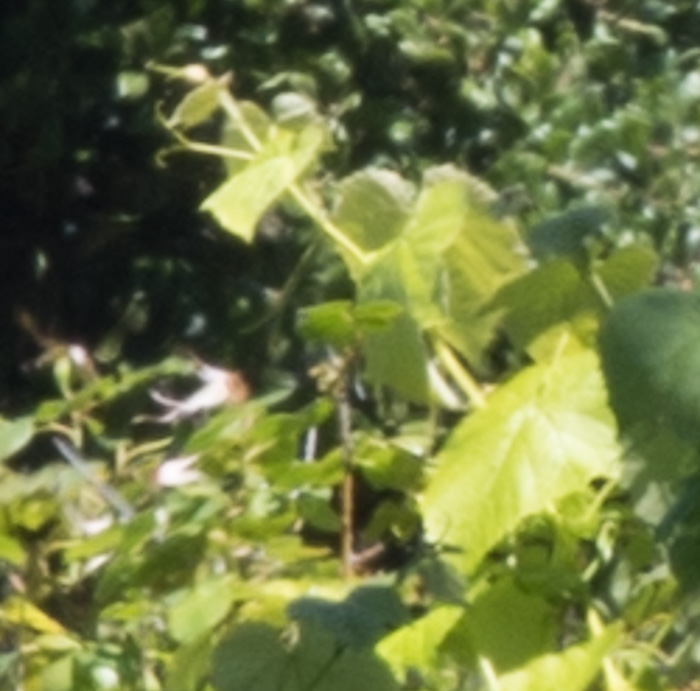
It’s pretty startling how good this lens is wide open. But lots of lenses are good in the center. Let’s take a look at the upper left corner.
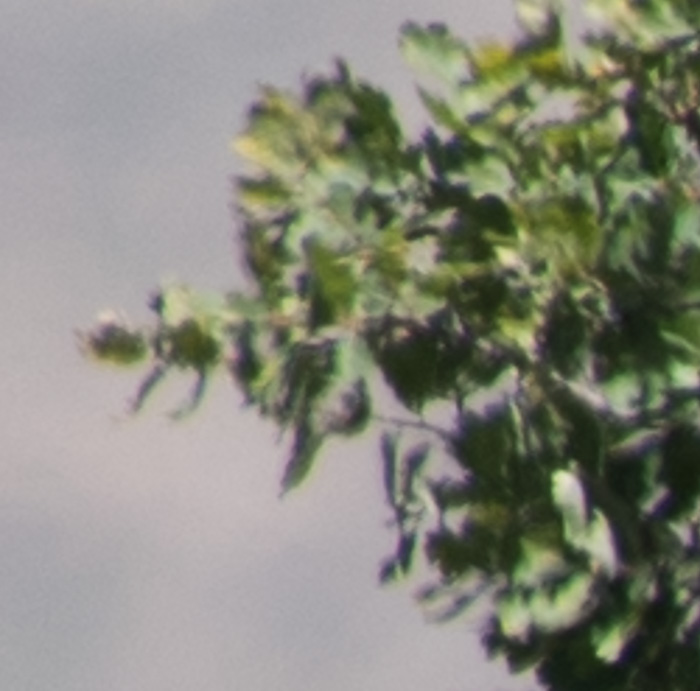
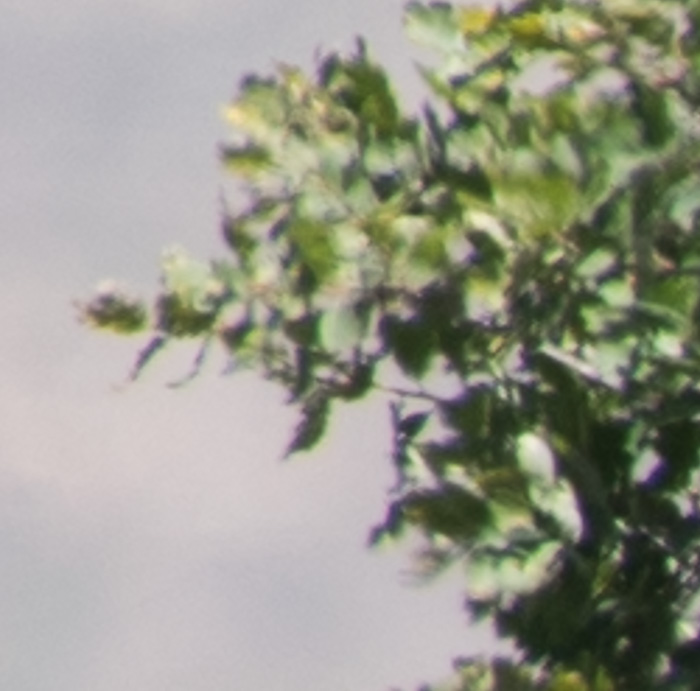
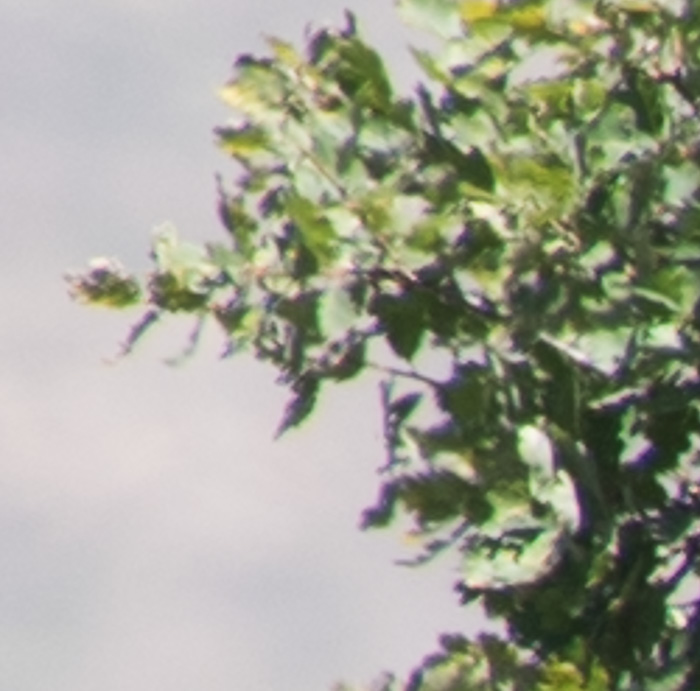
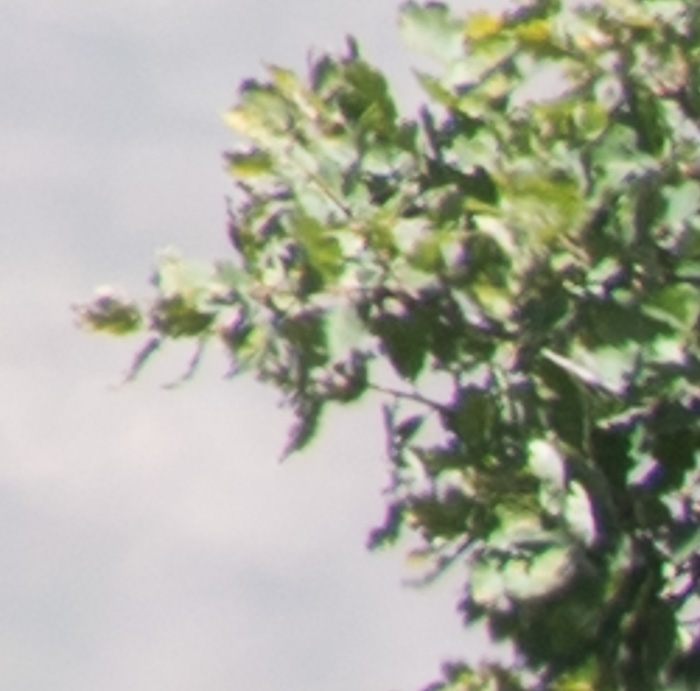
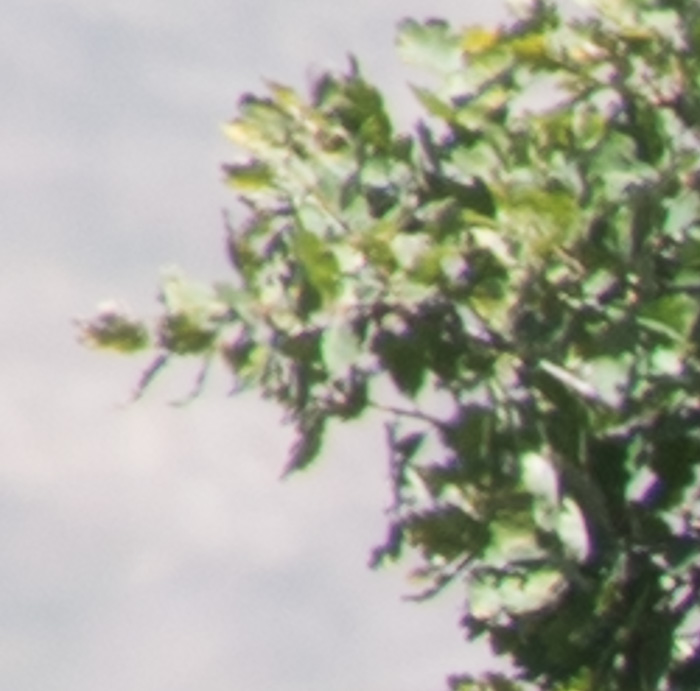
Again, the results are darned impressive. Best results are at f/8. There’s some purple fringing on the left of the leaves at all apertures. Lr is good at removing this. There’s some green fringing on the right of the leaves at all apertures. I didn’t expect it to be, but Lr is also quite good at removing this.
Two things that I worry about with a lens design like this: bokeh and flare. I’ll deal with the former in a later post, but today I’ll show you a series of progressively more defocused images to get an idea of the bokeh.
Note the now-immortalized bug that flew into the frame in the last picture.
Looks good to me.
How about OOF bright foreground objects?
No problem. I zoomed in and poked around on all these images, and couldn’t find anything wrong.
I did find something odd in an aperture series that I made where I forgot to turn the VR off:
See the double images? I guess that’s why they tell you to turn off VR when you use the camera on a tripod.
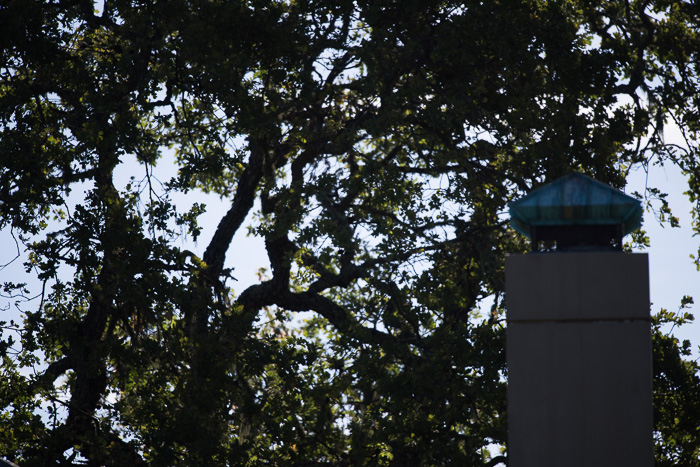
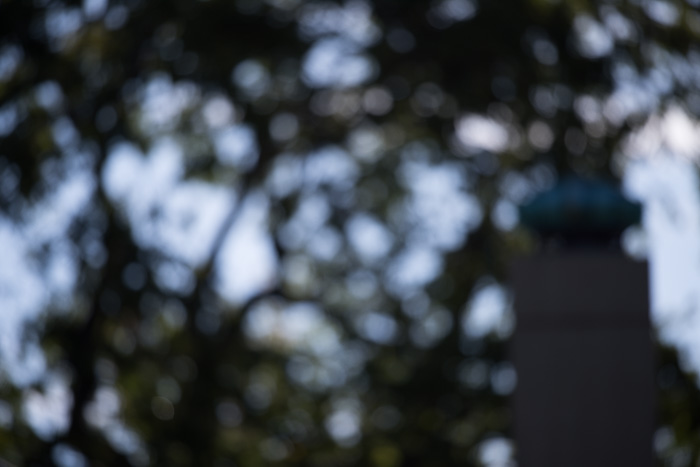
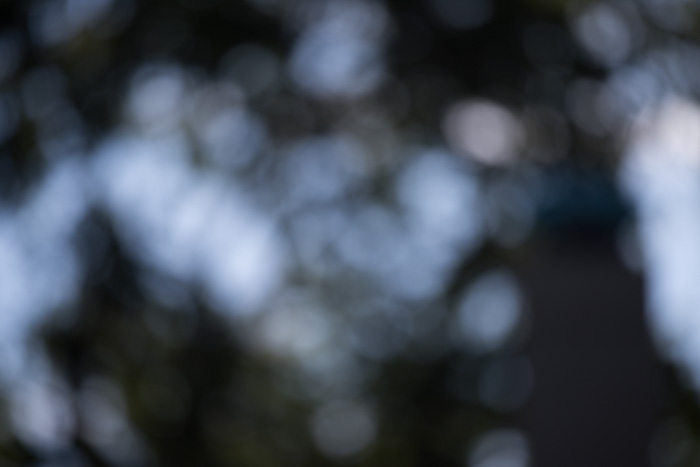
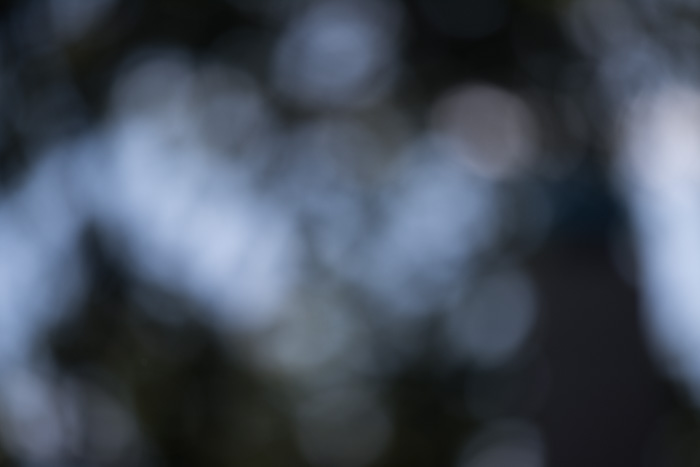
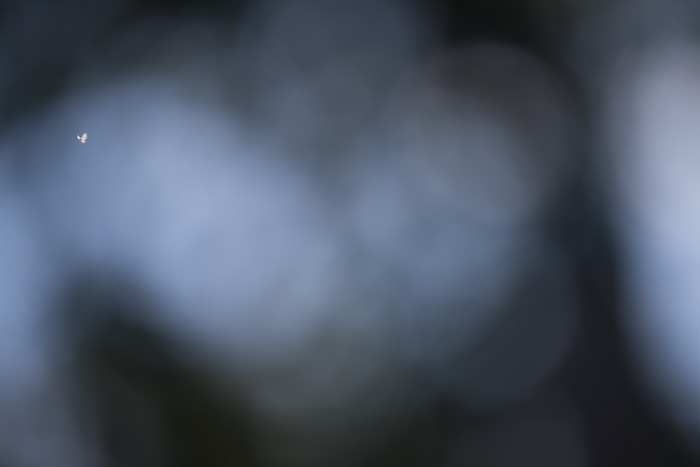
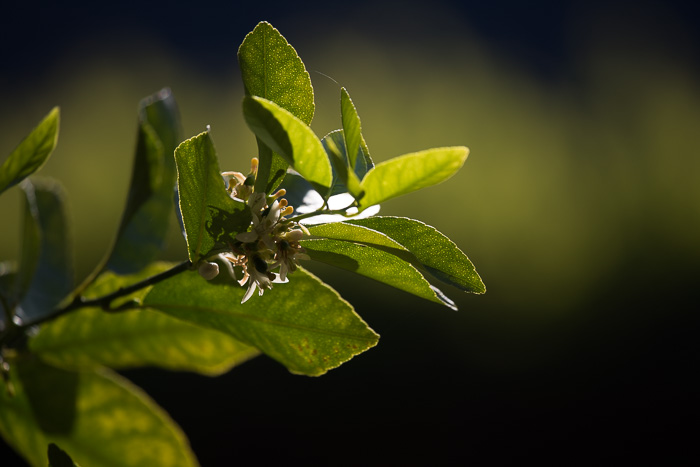
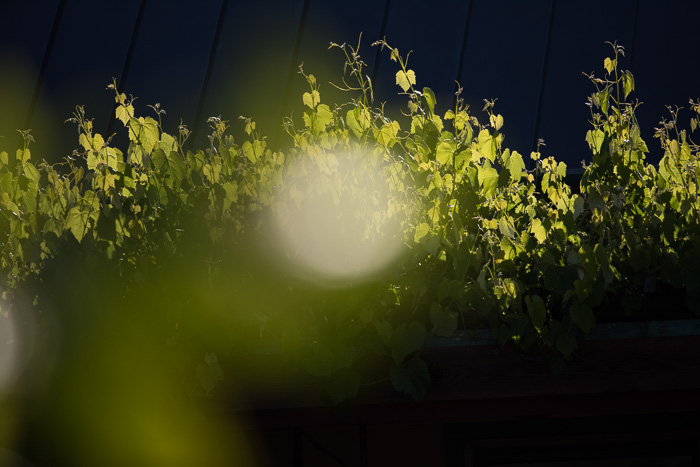
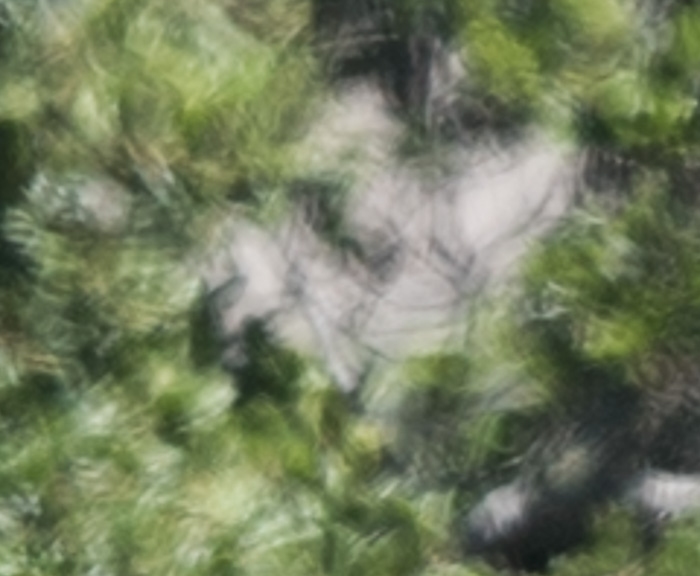
Hello Jim Kasson,
I just bought the 300PF and am impressed with it.
You could do a study on the VR that is NOT working on the d810.
But, if you uses it with the electronic shutter on the D810 you can have hand held sharpness @1/40 sec without much problem.
For some images this is no solution of course…
and indeed on a tripod best sharpness is obtained with VR off.
greetings, Pieter Kers